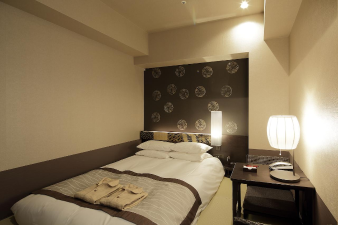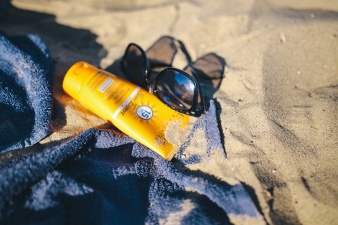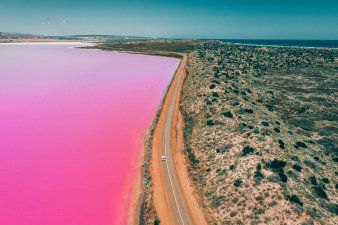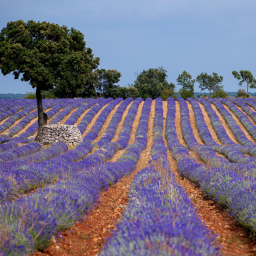More

Discover the purple sand wonders of Canada's Candle Lake
Imagine a leisurely stroll on a shimmering purple beach, surrounded by tranquil lakes and lush forests. This is not just a fairy tale, but a real dreamland in Canada's Candle Lake Park. This mysterious and enchanting purple beach is quietly waiting for the footsteps of explorers.

10 Hotel tips to make your trip more perfect
When we are traveling, on business or visiting family, hotels often become our temporary homes. A warm and comfortable accommodation will not only enrich our trip, but also help us to maintain a happy mood and good condition. Here are some practical lodging habits designed to make your trip more comfortable and enjoyable.

How to reduce your food budget: A Practical Guide
In meeting the challenge of rising food costs, American families can adopt a number of strategies to effectively reduce their food budgets while maintaining food quality and health standards. Here are some well-thought-out ways to help families reduce their average monthly spending on food without sacrificing the quality of their meals.

Vietnamese coffee: A blend of history and culture
Vietnamese coffee is not only a simple drink, but also a cultural symbol that reflects the history and social development of Vietnam. From the French colonial period to modern times, Vietnamese coffee has undergone a unique evolution. This article will give you an insight into the history of Vietnamese coffee, the types of coffee, how it is made and the different styles of coffee.

Travel Savings: The most practical tips
Traveling is an unforgettable experience, but it can also be a drain on your wallet if not carefully planned. Whether you want to explore a new city, relax on an exotic beach, or immerse yourself in a cultural adventure, there are strategies that can help you save money without sacrificing your travel experience.

Summer Skin Guardian: Comprehensive sun protection strategy unveiled
In the hot summer, UV rays become more intense, and the work of sun protection becomes especially critical. Sun protection is not only about skin color, but also about skin health, and is an important means to prevent skin aging and disease.

_20240731141607A003.png)

